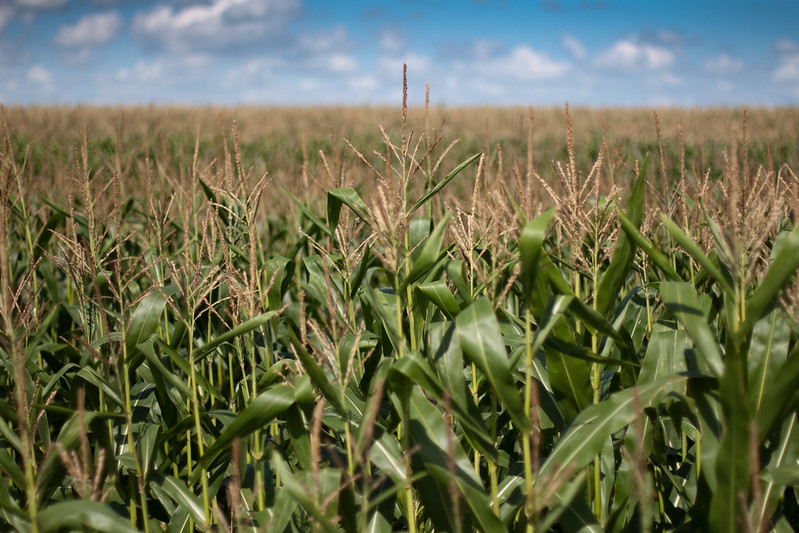Crop Rotation: Setting Up For Success
PublishedThe soil in your garden is a living organism, full of microbes and nutrients that help your plants to flourish and produce food for you. Think of the soil like your body; to perform at your best, you need proper nutrition, rest, and exercise. The same is true of your garden! Crop rotation can be a key part of maintaining that balance to help your plants reach their full potential.

What Is Crop Rotation?
Crop rotation is a style of gardening where you grow different types of plants in the same area across the seasons. Each plant has different needs from the soil, and will extract those nutrients as it grows. If you grow the same plant in that area the following season, those nutrients won’t be as available, and pests and diseases can linger as their food source is guaranteed. Enter crop rotation!
As each plant has different needs, you can plan a strategy over the seasons to grow something that helps the soil recover from the previous crop. For example, corn consumes a lot of nitrogen as it grows. To fix this lack of nitrogen in the soil, green beans can be planted next as they add nitrogen to the soil as they grow.
Rotating the plants grown in an area prevents a monoculture from developing.
What Is A Monoculture?
A monoculture is a growing system where the same crop is grown in the same space for years at a time. As this drains nutrients from the soil, excessive fertiliser is used to make them available to plants again, and pesticides are used to combat the pests that make these monocultures home. Combined with frequent soil tilling, this prevents the soil from developing diverse nutrients and organisms. Over time, these behaviours are damaging to the soil and the surrounding environment.

Example Crop Rotations
There are many different crop rotations to choose from, but the same rules always apply; balance the nutrients being extracted from the soil, rotate between families, and keep as much distance between a plant and its previous growing position as possible. This can be made easier by grouping plants into categories based on their nutrient requirements.
- Greens: These are plants grown for their leaves. These include lettuce, broccoli, kale, Brussels sprouts, and cabbage. They heavily feed on nitrogen.
- Fruits: Plants such as tomatoes, peppers, eggplants, squash, cucumbers, which are grown to harvest their fruit. These plants consume a lot of phosphorous. Potatoes are often included here, as they’re related to tomatoes and can share diseases. Growing one after the other increases the chances of these being passed along.
- Roots: Carrots, radishes, parsnips, beets, plus the allium family (onions, garlic, scallions, leeks). These are considered “light feeders” which don’t disrupt the nutrient balance, but they help to loosen the soil for the next plant.
- Legumes: Beans, peas. These add nitrogen to the soil by absorbing it from the air, and can be planted before brassicas to reduce the need for fertiliser.

With this information, some patterns may emerge. Grow legumes to add nitrogen to the soil, followed by brassicas and/or leafy greens to make use of the nitrogen boost, then fruit crops which won’t mind any lacking nitrogen, and finally root crops will loosen the soil, which the legumes you grow next will prefer.
Should I Use Crop Rotation?
Crop rotation can seem like a lot of extra work for a small home garden. While crop rotation is more beneficial to large-scale farming setups, the same principles are still beneficial to our home gardens. Rotating between different families of plants in the same space will prevent excessive nutrient drain, as well as make it harder for pests and diseases to find the plants they’re searching for. By adding compost to boost soil health and productivity, and trying to limit soil disruption, you’re giving your garden the best chance to succeed.
